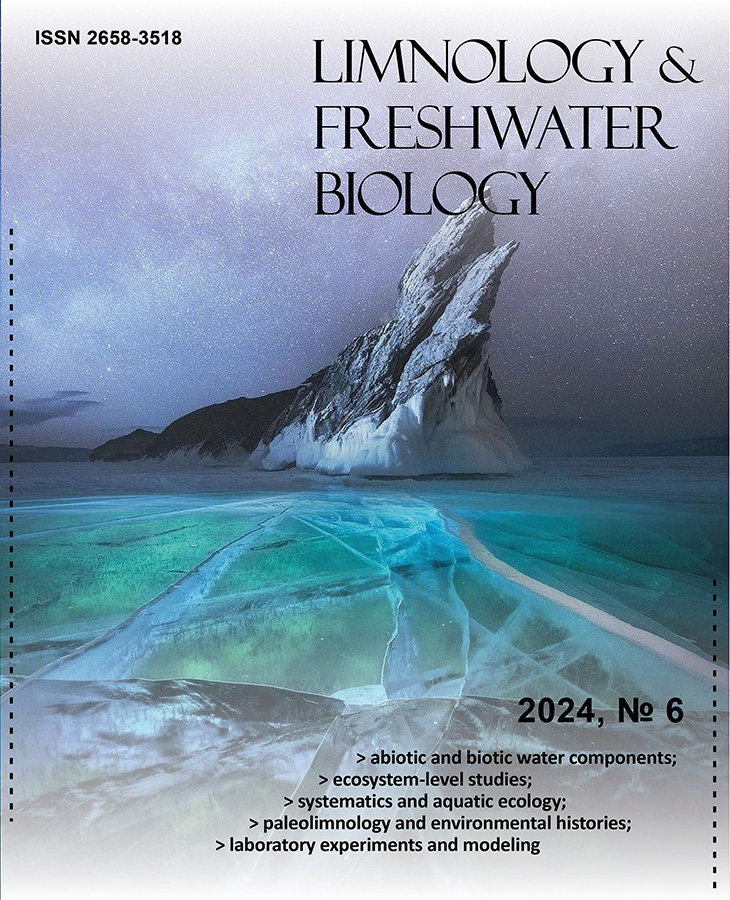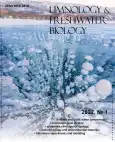No 1 (2022)
Articles
The first finding of aegagropilious, or algal balls, in the oldest freshwater Lake Baikal
Abstract
Free-floating algal aggregations, or aegagropilious, are a rare phenomenon known from some freshwater or marine environments worldwide. In September 2014, unusual green algal balls were washed ashore in Ludar Bay on the west coast of the northern basin of Lake Baikal. The paper describes these algal aggregations and characterizes their composition. The Baikal algal balls mainly consisted of green filamentous algae of the family Cladophoraceae, such as Cladophora glomerata, Rhizoclonium sp., and Chaetomorpha sp. Other prominent components of the balls were numerous filaments of Spirogyra and Oedogonium. These taxa are known for their rapid growth in response to nutrients increase. As the result of the hyperproduction of filamentous benthic algae in the coastal zone of Lake Baikal, new living forms such as aegagropilious-like aggregations have been occurring. The algal balls signify the adaptive capacities of the Lake Baikal algal communities and might retain their functioning in the natural ecosystem’s self-purification processes.
 1205-1208
1205-1208


Diatoms: life in glass houses
Abstract
Diatoms are an extraordinarily successful group of organisms and their many thousands of species have diversified and specialized so as to occupy every environmental niche. Part of their success derives from their unique protective cell walls, beautifully elaborate structures made of pure silica. However, living inside walls made of this rigid, refractory material creates many problems. Just how diatoms circumvent these problems provides the major theme in this spectacular exploration of the biology of living cells. “Diatoms: Life in Glass Houses” is a 60 minute video covering all aspects of living diatoms, with emphasis on how they get around problems of living within cell walls made of pure silica.
 1209-1209
1209-1209


Anaesthesia procedure for two species of Baikal golomyankas
(Cottoidei: Comephoridae)
Abstract
This study aimed to develop the anaesthesia procedure for Comephorus baicalensis (Pallas, 1776) and Comephorus dybowski Korotneff, 1904 to eliminate stress effects during various manipulations in aquarium exposition. Clove oil preparation and lidocaine solution were tested in various concentrations as anaesthetics. The experimental studies revealed optimal lidocaine concentration of 600 mg/L for C. baicalensis and 450 mg/L for C. dybowski. The concentration of clove oil sufficient to achieve the rest phase was 150 mg/L for both species. Clove oil preparation took a faster effect on golomyankas, and the fish recovered from anaesthesia in a shorter period than after anaesthesia with lidocaine. However, the presence of the excitation phase and excessive mucus secretion with the use of clove oil preparation indicated that fish were under stress. At this stage of research, the use of lidocaine for anaesthesia of golomyankas during regular manipulations is preferable.
 1210-1216
1210-1216











